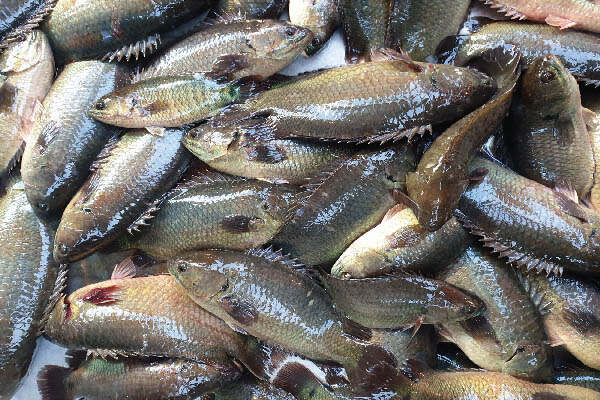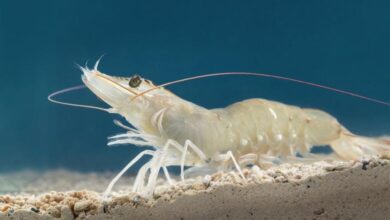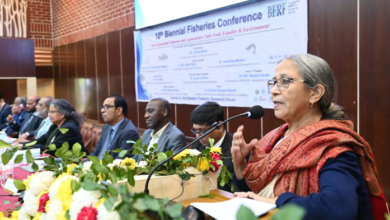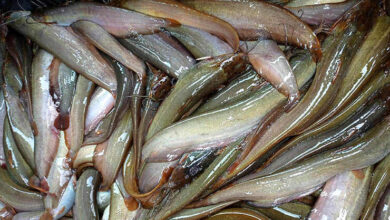
Bangladesh’s pisciculture has experienced a revolution in recent years, propelling the country to the third rank in the world for freshwater fish breeding. Koi fish (Anabas testudineus) or climbing perch have taken the stage for the past several years, first Thai koi and then ‘all female’ koi. With the potential to yield the largest income, Vietnamese koi emerged as the most intriguing breed of koi. Up until today, the Vietnamese koi industry has grown without any major problems.
One of Vietnam’s native fish species is the Vietnamese koi. South Asian nations are witnessing a surge in the cultivation of Vietnam koi fish. Its exterior physical form is nearly identical to that of the native climbing perch (koi) found in Bangladesh; nevertheless, it has two black spots—one in the operculum and another in the caudal peduncle—that are absent from the impoverished koi fish species.
Culture potentialities Vietnamese Koi fish
Fish farming entrepreneurs are becoming more and more interested in Vietnam koi fish farming due to its easier maintenance requirements and higher profitability. Because the Vietnamese koi fish species is growing at a faster pace there, it has a lot of potential to improve our fishing industry. It only achieved 200–250 g after 4 months of cultivation. Due to rising market prices, fish farmers in West Bengal (India), Bangladesh, Srilanka, Pakistan, and Myanmar are in greater demand for this species on a daily basis. Other fast-growing climbing perches called as Thai and Vietnamese koi strains were introduced from Thailand and Vietnam in 2002 and 2010, respectively, to alleviate this situation.
Regarding Rui or grass carp fish farming, Vietnam koi breeds are preferred because they develop more swiftly and require less maintenance than carp fish. With a little money and no prior knowledge, anyone can run a profitable Vietnam koi fish farming business. Any pond, concrete tanks, cages, plastic tanks or even a biofloc fish farming system can be used to raise this type of freshwater fish.
Due to its high concentration of iron, copper, readily digested polyunsaturated fats, and numerous vital amino acids, this kind of fish is valued as food and is advised for those who are ill or recovering. The creation of appropriate culture technologies for short-cycle fish species is crucial to raising fish production. In Bangladesh’s semi-arid zone, a novel cultural pattern known as polyculture of Vietnam koi (Anabas testudineus) was introduced to facilitate the appropriate use of small seasonal water bodies and reduce the impact of climate threats.
The polyculture method of raising Vietnamese Koi and monosex tilapia in ponds has a lot of potential and is feasible due to their quick development, high yielding, high stocking densities, ability to withstand fluctuations in water quality parameters, similar feed requirements, and strong market demand in Bangladesh.
Some disadvantages of polyculture include high feed costs, contaminated fry from the source, tilapia reproducing as a result of incorrectly hormonized monosex tilapia, and unexpectedly low tilapia prices at the market.
Farhana Islam
Agriculturist, Researcher




